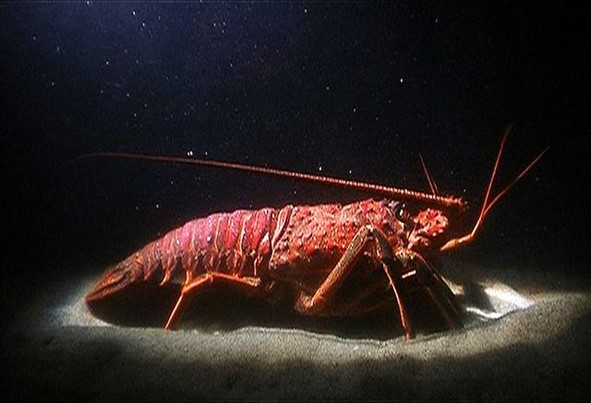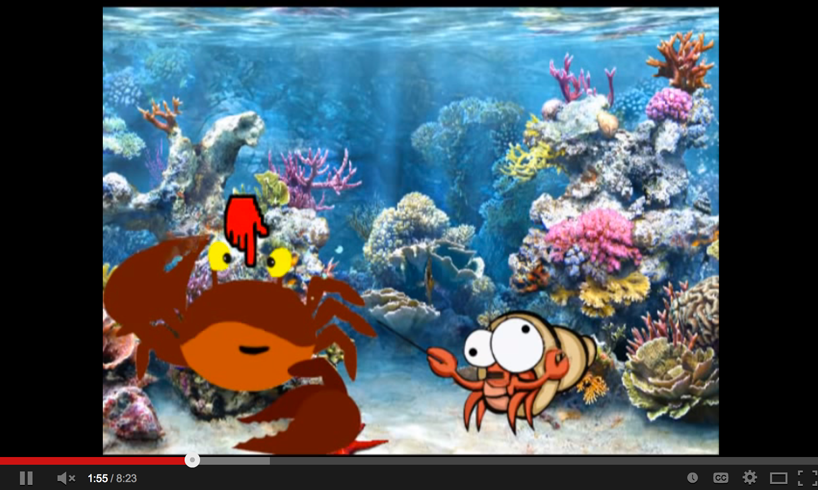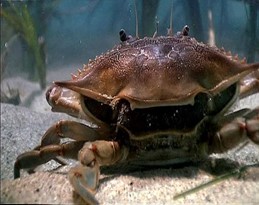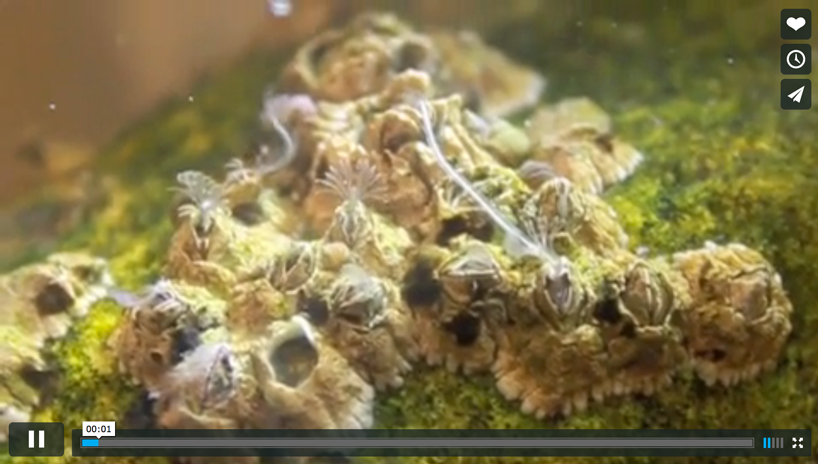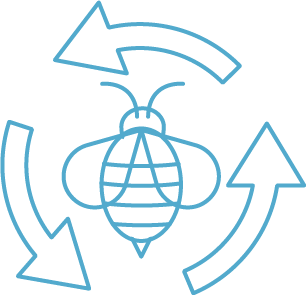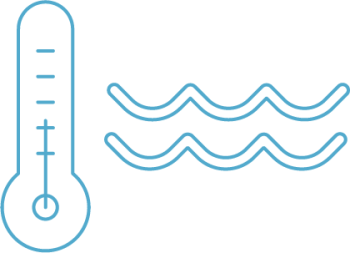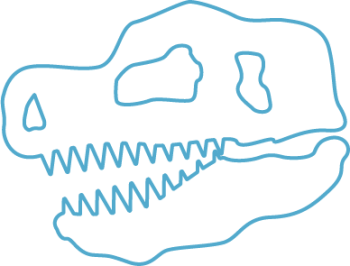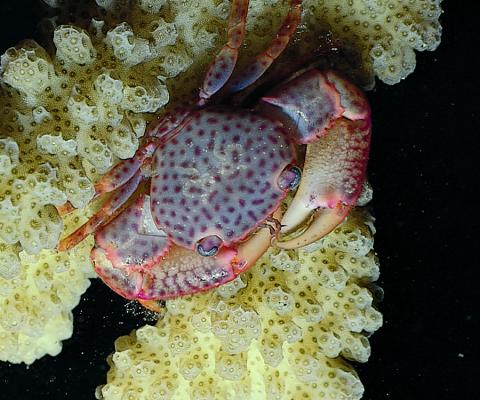Read THE MARINE ARTHROPODS A Successful Design from the Shape of Life book.
Here is general information about arthropods and general information about crustaceans. Arthropods have segmented bodies, a key to their success. Read an article from Science Daily: "Segmentation is the secret behind the extraordinary diversification of animals."
Evolution From Understanding Evolution –your one stop source for information about evolution: Read about the evolutionary history of arthropods. Chitin is a major component of the exoskeleton of marine arthropods. Read about chitin and how prevalent it is in the animal world.
Crabs, lobsters and shrimps are decapods: they have five pair of legs, including a pair of claws. Many of us are familiar with lobsters as delicacies. Read about tropical lobsters called spiny lobsters; and about the American lobster, from NOAA: general information about lobsters.
Life Cycle. Marine arthropods, like crabs, go through various stages and forms before they reach their adult body form. Read about the life history of the Dungeness crab, a west coast seasonal favorite. And read our blog about the planktonic larval stage of crustaceans.
Molting. In order to grow, adult marine arthropods have to discard their shells and then grow new ones. This is called molting.
The soft-shelled crabs that we eat are blue crabs that have molted but their new shells haven’t yet hardened. Read about the blue crab. This explains how to find and catch soft shell crabs.
Christmas Island red crabs are land crabs that begin their lives in the sea. The crabs spawn at the edge of the sea where the tiny crab larvae begin their lives. After several larval stages, the tiny crabs go back to the land. From the Australian Government Department of the Environment, read about red crab migration, when the crabs can number in the millions. And watch this video of a “spy” among the Christmas Island crabs.
Hermit crabs are known to the general public who might see shells crawling along the beach. These crabs move into newly empty shells when they have outgrown their old ones. The shell homes offer protection from predators. The decorator crab has a way of hiding in plain sight: it decorates itself to look like a rock covered in other animals or seaweed by attaching material to its shell. Read about the decorator crab.
Snapping, or pistol shrimp got their name from the very loud sound they make with their largest claw. You can read about them and listen to the sound here.
Barnacles are small crustaceans that cement themselves, head first, to many different kinds of surfaces like rocks, and also mobile surfaces like the backs of whales and sea turtle shells. They feed by extending their feathery legs to sift out plankton.
Sea spiders, or pycnogonids, are not spiders at all. They’re a group of marine arthropods that live from the intertidal to the deep sea. Sea spiders feed by sucking up soft-bodied invertebrates whole and by sucking the juices using a long proboscis.
